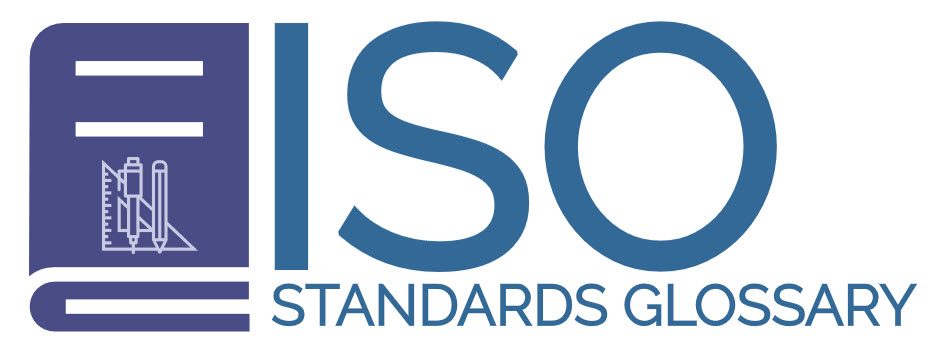Understanding ISO 14001
ISO 14001 is an internationally recognized standard that provides businesses with a comprehensive framework to manage and improve their environmental responsibilities. It is part of the broader ISO 14000 family of standards, which address various aspects of environmental management. By defining the criteria for an Environmental Management System (EMS), ISO 14001 assists organizations in minimizing environmental impact while maintaining economic profitability. This standard is applicable to organizations of all sizes and industries, underlining its universal adaptability and importance in promoting sustainable business practices.
Benefits of Implementing ISO 14001
Implementing ISO 14001 presents numerous benefits to organizations. A primary advantage is the systematic reduction of waste and resource consumption leading to financial savings. By scrutinizing operations, inefficiencies are identified, providing avenues for resource optimization. This lean approach is essential as it directly contributes to operational cost reductions. Simultaneously, ISO 14001 facilitates legal compliance, ensuring organizations stay updated with the ever-evolving environmental laws and regulations, thereby minimizing legal risks and potential penalties.
Another key benefit of ISO 14001 is its capacity to bolster corporate reputation. A certified organization showcases its commitment to environmental sustainability. This commitment enhances brand image and fosters stronger relationships with customers, stakeholders, and the community at large. Such a reputation can afford businesses a competitive edge in increasingly environmentally conscious markets, where consumers prefer companies that prioritize sustainability.
Steps to Obtain ISO 14001 Certification
The journey to obtaining ISO 14001 certification involves a series of strategic steps that ensure the organization’s environmental management practices align with the standard’s criteria. Initially, businesses are advised to conduct a gap analysis. This evaluation compares current environmental practices against the ISO 14001 standard, highlighting areas that require improvement. Such an assessment is vital as it guides the necessary adjustments and informs the planning of the EMS.
Following the gap analysis, the establishment and implementation of the EMS is the next step. This involves articulating a clear environmental policy, setting achievable objectives and targets, and dedicating appropriate resources to meet these goals. Training and awareness programs form a critical part of this phase, as they ensure that employees across all levels are engaged with and understand the EMS.
With the EMS operational, the internal audit process follows. This step involves assessing the efficacy of the EMS in achieving its set goals. The internal audit uncovers any discrepancies or areas needing adjustment, ensuring that the EMS is robust and effective. Only after these adjustments should the organization proceed to an external audit by a certification body. A successful audit results in the awarding of ISO 14001 certification, marking a significant milestone in the organization’s sustainability journey.
Continuous Improvement and Monitoring
ISO 14001 is not intended as a static achievement but is designed to instill a culture of continuous improvement. Organizations are expected to regularly monitor and measure their environmental performance to maintain compliance with the standard. This involves conducting periodic audits and management reviews to identify opportunities for improvement, ensuring that the EMS remains proactive and responsive to changes.
The notion of continuous improvement is crucial as it equips businesses to adapt to new environmental regulations, technological innovations, and shifting market demands. An organization that embraces this dynamic approach not only remains compliant but can also position itself as a leader in sustainability. This adaptability is critical for long-term competitiveness and environmental responsibility, reinforcing the organization’s commitment to reducing its ecological footprint.
Further Resources
For those interested in delving deeper into the specifics of ISO 14001 and the implementation process, accessing resources from authoritative bodies is highly recommended. The International Organization for Standardization’s website provides in-depth information on ISO 14001, offering guidance and support for organizations aiming to enhance their environmental management practices. Similarly, the Environmental Protection Agency’s resources can offer practical insights and advice. Engaging with these sources ensures that businesses are well-informed and equipped to implement effective and sustainable environmental management systems.

